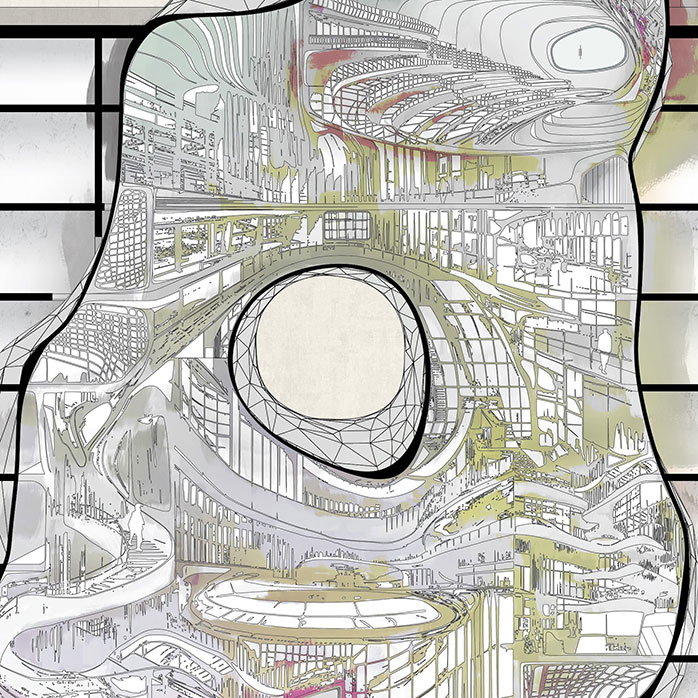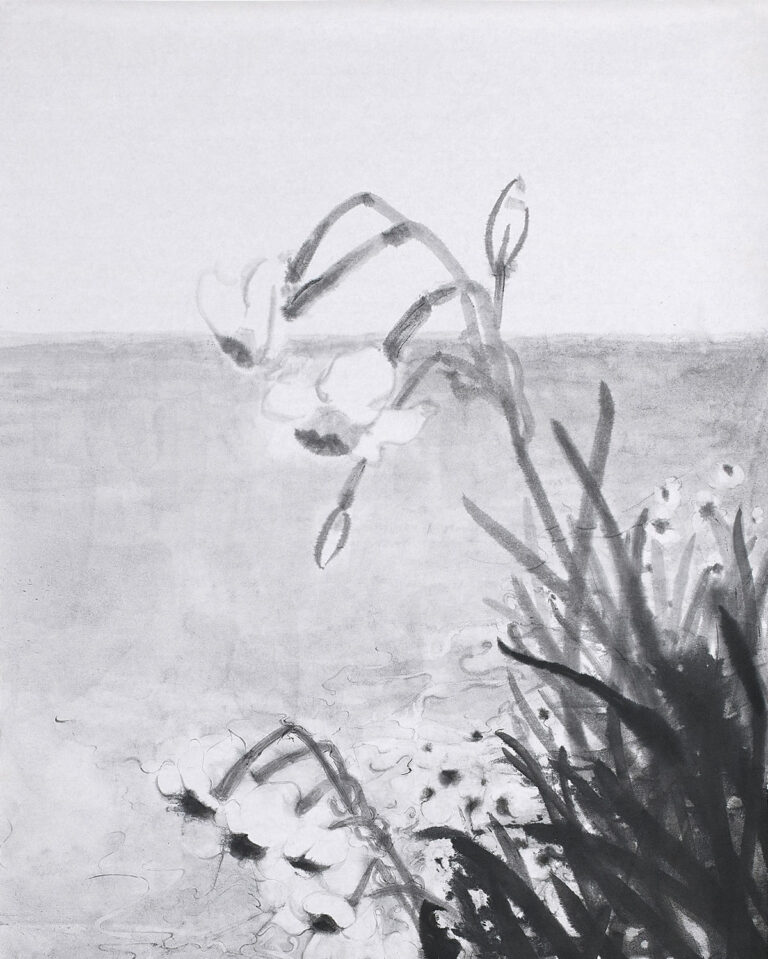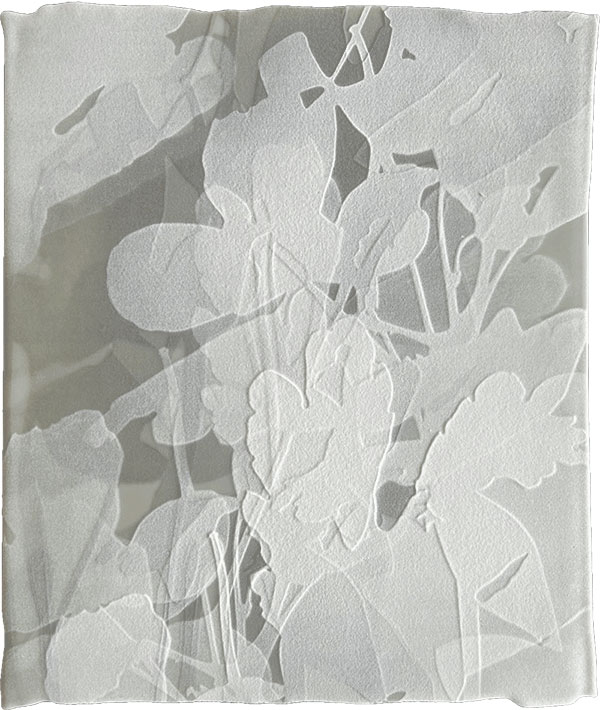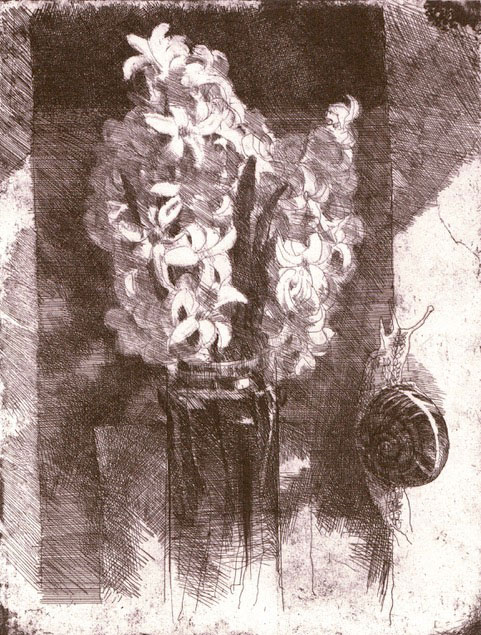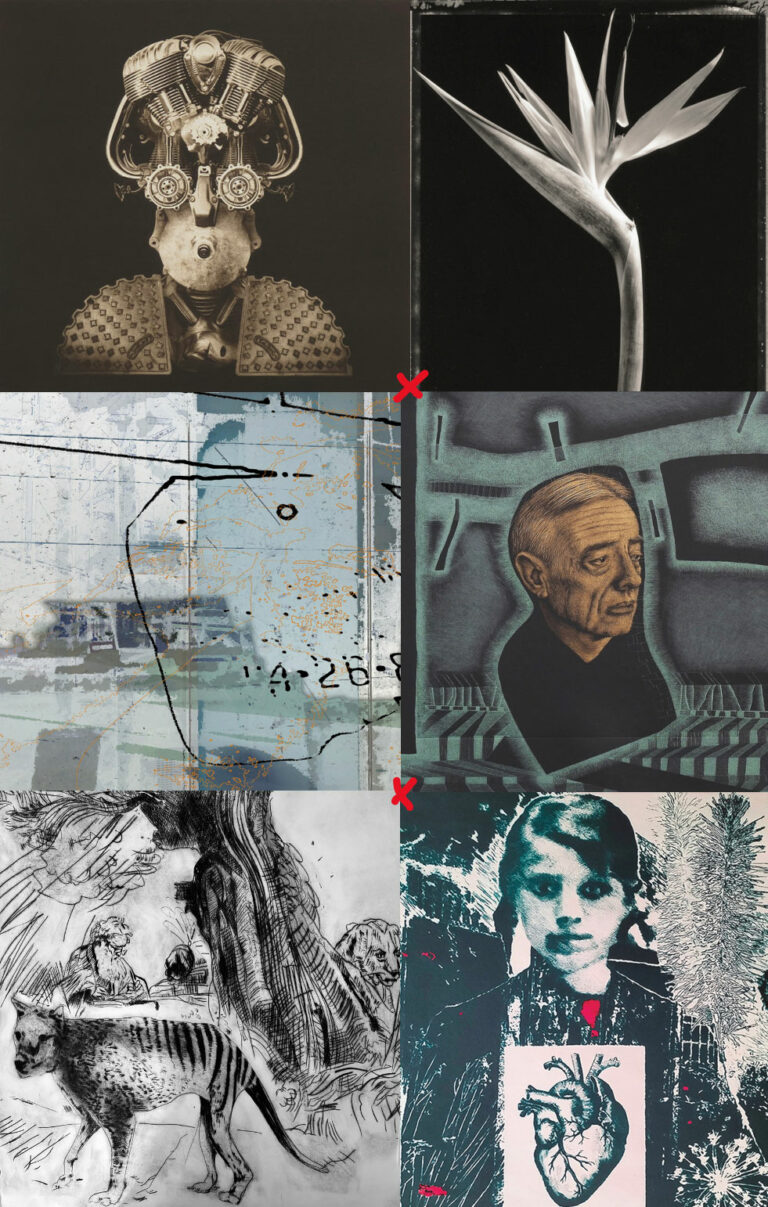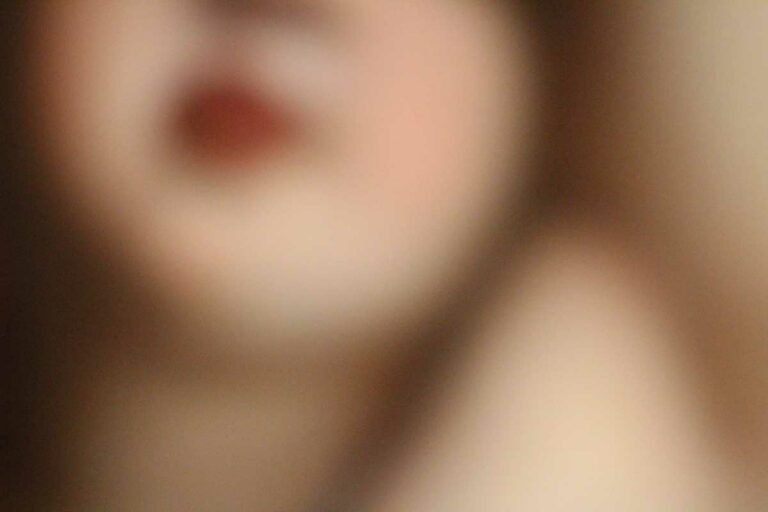
Opere
The art of Jack Boul combines exceptional technical skills with a deep poetic sensitivity. His small monotypes and paintings capture the timeless elements of the visible world. Jack is fascinated by landscapes, from the pastures of Maryland to the deserted beaches of North Carolina. He is equally drawn to images of major cities such as Chicago and Baltimore, as well as bucolic countryside views. With the same sharpness and sensitivity, he paints familiar urban scenes, water tanks, or railway tracks, but also the charm of Parisian cafés and Venetian canals. Courtyards, barbershops, animals (both domestic and wild), workers’ wheelbarrows, and cans are all objects and subjects that he has depicted in his works. In each image, his bare and simple construction seeks to communicate the essential and characteristic elements of what he portrays.
Many of his best works focus on the human figure and the myriad of expressive possibilities it holds. Occasionally, in the past, he has depicted models standing in his studio; other times, he has chosen the solitary figure of a person noticed by chance in a park. He often portrays groups of people in restaurants, in theater lobbies, or simply seated around a table. Each of these works demonstrates the artist’s deep ability to understand the nature of human relationships.
The simplicity of forms (an isolated vase, a slice of bread) is what most attracts Jack: he often returns to the same subject, repeatedly showing it from different viewpoints, angles, and positions. He always prefers to work from life, in the presence of what he is depicting, or at least with the help of drawings. He strives to avoid inserting extraneous details because he wants to delve into and portray the essence of objects, transcending appearance to reveal what is universal in each of them. And although he is a figurative artist, he has always maintained that, in his opinion, “art is essentially abstract.”
In his works, he studies the relationships between areas of light and shadow, the contrast between soft and sharp contours, the balance between surface and depth, and the geometry of composition. This is the core of his artistic research, which has given rise to a rich series of works whose content reflects the deep connection between Jack and the world in which he lives, a connection that is mediated by the search for a universal artistic truth.
His art is intimate, analytical, rich in nuances, and often lyrical and profound. Thanks to the unique technique of monotype, Jack manages to achieve many different effects: to manipulate the surface of the printing plate, covered with a viscous black ink, Jack uses brushes, cotton, his own fingers, and despite the monochrome, he often gives us the impression that his works are colored.
Recently, Jack’s favorite subject has been cows grazing in the fields. He often goes to the countryside to observe and portray them: he is attracted by their shapes, their silhouettes, and he likes to paint them both individually and in groups, whether they are grazing or resting. He paints them so often that these animals have almost become his signature.
Born in 1927 in Brooklyn, to a Russian father and a Romanian mother who emigrated to America, Jack attended the New York School of Art before being drafted into the United States Army. After the war, he studied at the Cornish School of Art in Seattle and graduated in 1951. During the 1950s and 1960s, Jack participated in several group exhibitions and also held some solo shows. From 1969, for 15 years, he taught art at American University. In 1984, he became one of the first members of the new Washington Studio School, where he taught painting, drawing, and monotype for 10 years. He retired from teaching in 1994 to devote himself entirely to painting and printmaking. In 2000-2001, the Corcoran Gallery of Art organized a major retrospective of his works: Intimate Impressions: Monotypes and Paintings.


